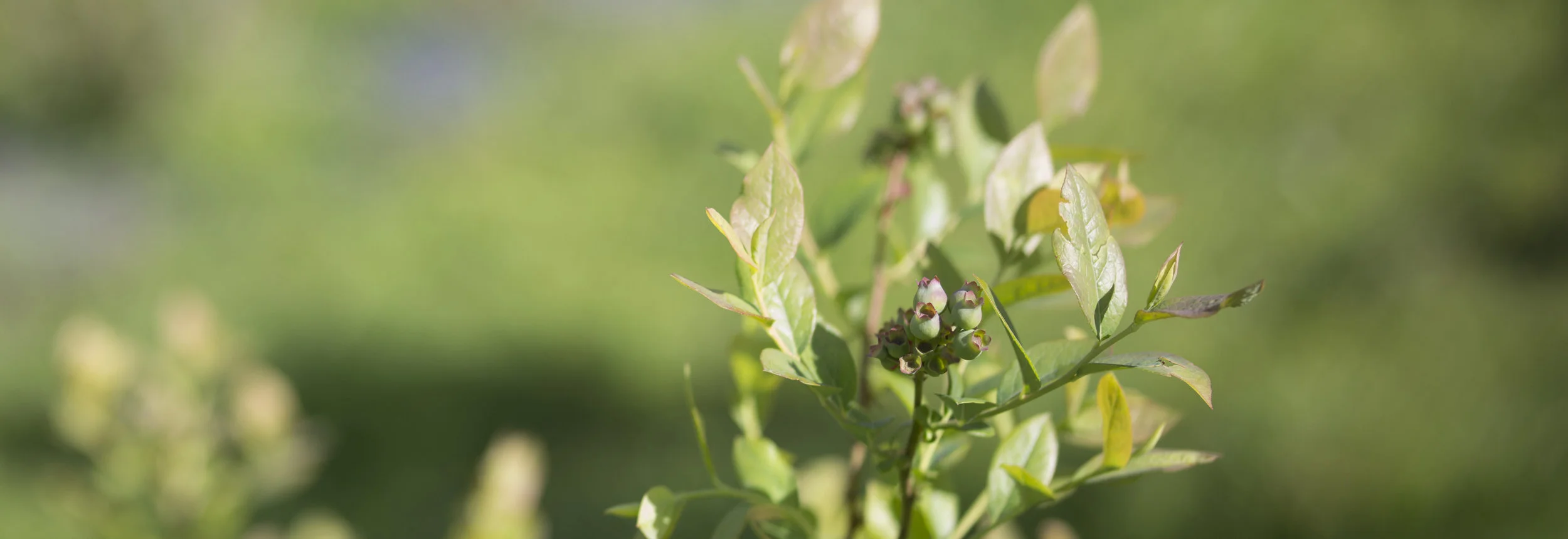Regenerative farming is the practice of putting back into the soil what has been taken away.
For example, plants draw nutrition from the soil, and this needs to be replaced. By mulching the prunings, we are putting back organic matter into the soil. It also includes working on the biodiversity of the orchard, which involves utilising all the natural elements that existed prior to working the land. We don’t remove anything from the orchard, and we replace nutrients like compost from time to time to replenish the nutrients taken up by the plants.
Whilst we don’t like birds during the harvest and keep them away with netting, we let the birds feed on the insects once the fruit has been picked. In other crops, they use companion planting, using plant to attract beneficial insects which aid in pollination, such as bees. Also plants which tap down into the soil to draw out nitrogen, for example Comfrey. Some growers also use ducks or sheep to keep the grass down, reducing impaction on the soil, and to add some fertility.
It’s really a full circle, respecting the inputs and outputs, working with nature and the elements, knowing that the process is very much sustainable.
Have a question about organic farming methods? Hit us up on Facebook or contact us.

